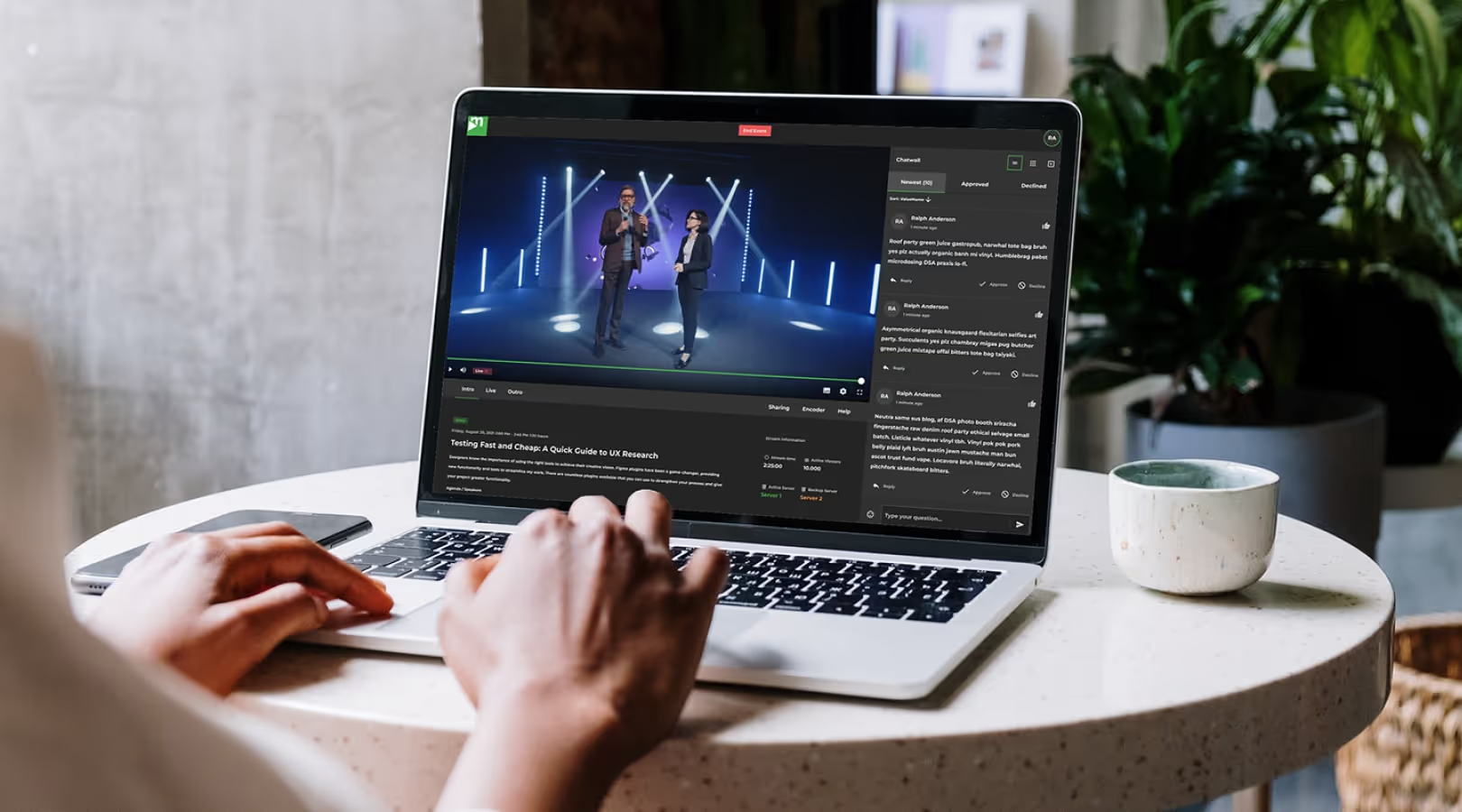The future is video: 8 AI trends shaping Corporate Communications in 2026
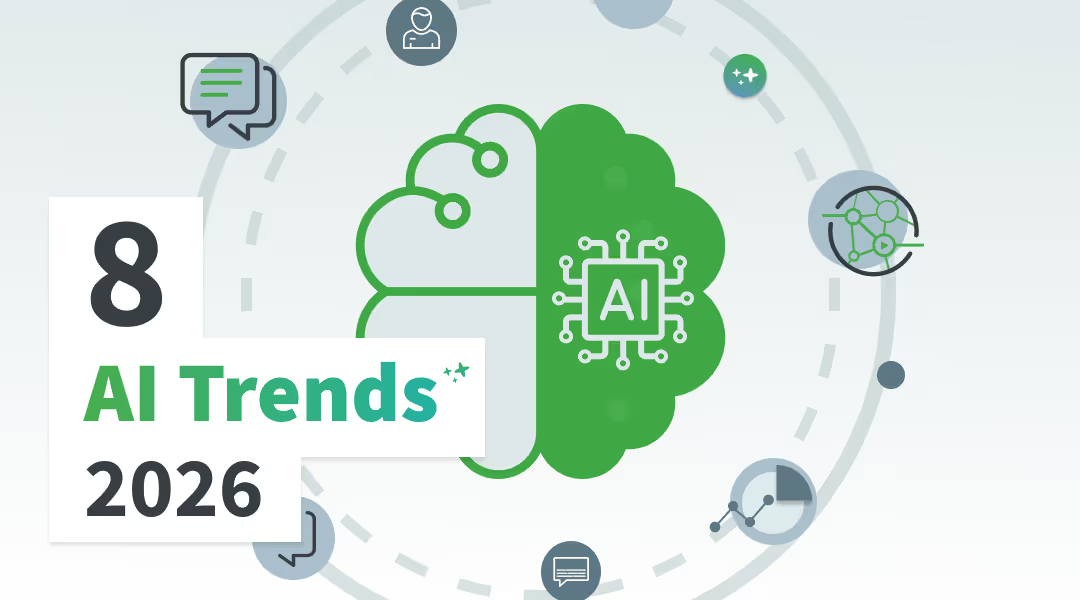
Driving your success with video

The future is video: 8 AI trends shaping Corporate Communications in 2026
2026: When communication starts to think
2026 will be the year when communication switches to autopilot — not to give up control, but to gain it.
Artificial intelligence has moved from the lab into the meeting room. What was experimental yesterday is strategy today. What once took weeks now happens in hours: automatic, adaptive, and authentic.
"We’re witnessing corporate communications reinvent itself. AI is no longer an add-on; it’s the new foundation. The most exciting question isn’t whether we use AI, but how creatively we use it."
Zêljka Ihm, Head of Product & Marketing
Whether it’s personalized leadership updates, interactive employee dialogues, or real-time translations — the future is here. And it speaks every language.
Trend 1: Adaptive AI agents for smarter communication

The next generation of artificial intelligence is no longer reactive — it’s capable of action. It learns, thinks, and acts on its own.
Adaptive AI systems understand your company’s language, tone, and audiences, continuously optimizing what, how, and when you communicate.
Imagine an AI that builds on past campaigns: suggesting topics, writing scripts, generating branded assets, and automatically distributing them across channels. It measures impact in real time and learns from every click.
For corporate comms, this means strategy gains a neural ally. AI becomes the co-pilot that thinks — and grows — alongside you.
The result? Communication that improves itself. Not in quarters, but in seconds.
Trend 2: Automated personalization at scale
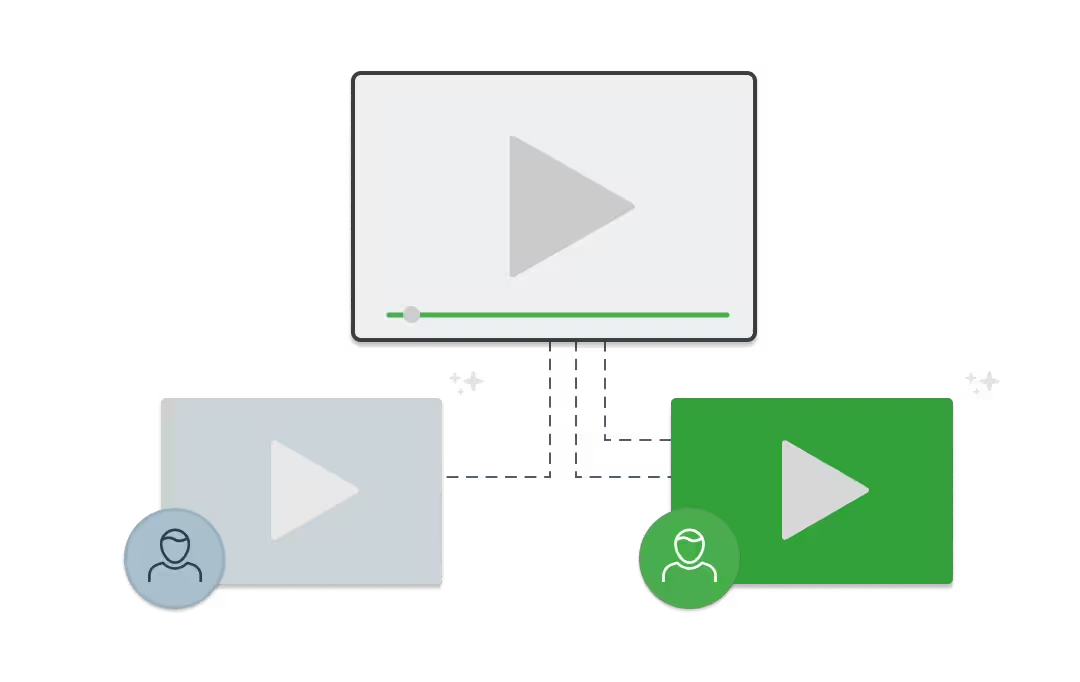
By 2026, one-size-fits-all messages will be history. Artificial intelligence enables content to be tailored within seconds — to audiences, languages, and contexts — without losing authenticity.
Whether it’s a leadership update, onboarding video, or internal policy announcement, AI analyzes who your employees are, where they work, and how they prefer to receive information. It automatically creates adapted versions of the same message — in the right tone, with relevant examples, and visuals that resonate.
A CEO message can now exist in ten languages and styles within hours — and still sound personal.
For corporate communications, this means personalization without the extra effort.
Everyone feels directly addressed, understood, and included — and that’s what builds trust and impact.
Trend 3: Real-time translation and voice cloning
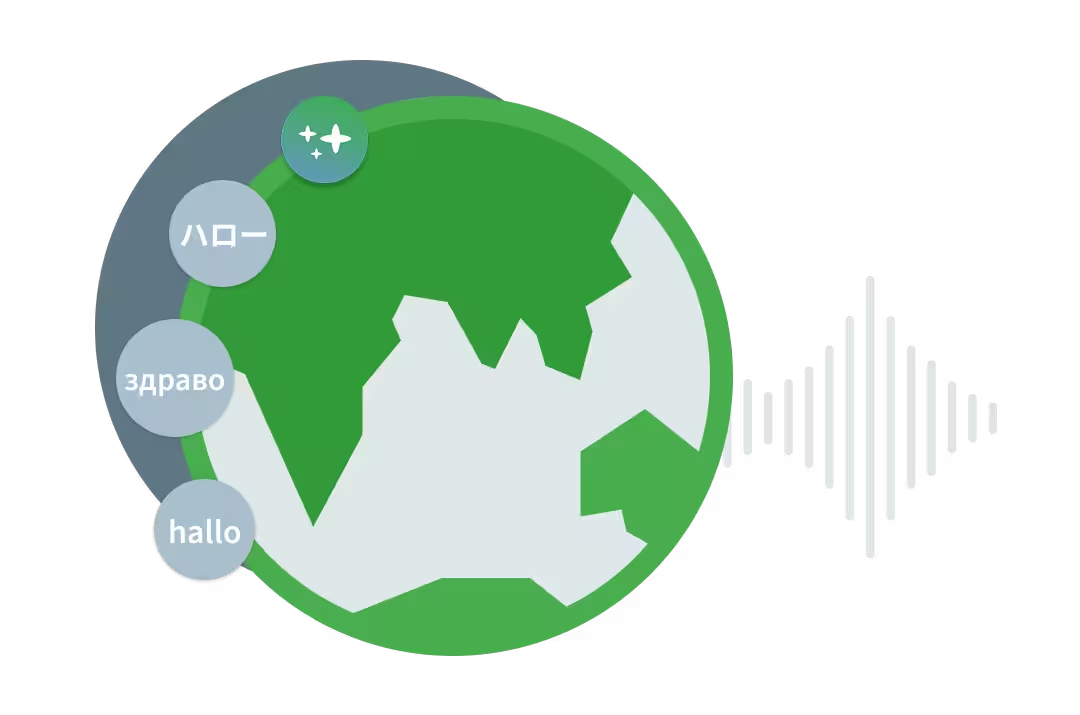
In 2026, global communication knows no limits. AI translates videos in real time while preserving each speaker’s unique voice and tone. The result: an authentic, natural-sounding experience that creates closeness — regardless of language or location.
Whether it’s international employee updates, training sessions, or change communications, voice cloning ensures leaders “keep their own voice” in every market. The message stays the same — only the language changes.
For global organizations, this means linguistic barriers are removed. Communication becomes more inclusive, immediate, and human — without the cost or complexity of separate productions.
Trend 4: Smart accessibility as the new standard
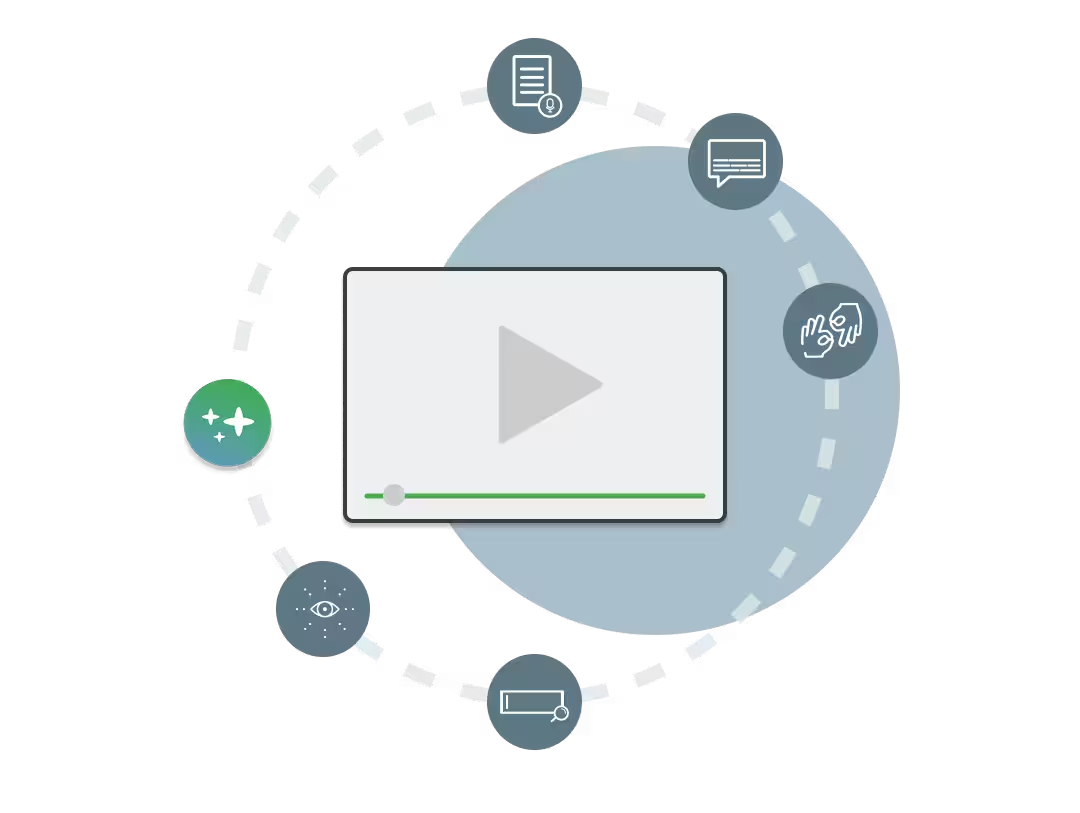
By 2026, accessibility is no longer an add-on — it’s built into video communication by default. Artificial intelligence automatically ensures that every video is accessible, through precise captions, sign-language avatars, adaptive playback options, and AI-generated summaries of longer content.
This means employees can consume video content in whatever way works best for them — reading, listening, or interacting — regardless of ability, device, or attention span.
For companies, this marks a shift: accessibility for all is no longer a task but a feature. AI turns inclusion from a “should” into an “is,” making video communication not only compliant but also human, modern, and measurable.
Trend 5: Generative AI as a creative accelerator

By 2026, generative AI is far more than a time-saver — it has become a true creative partner. These systems understand corporate language, brand identity, and tone, combining text, visuals, and sound within a single workflow to produce fully branded videos in record time.
From the first idea to the final cut, the entire process can be automated — yet remain individual. Leadership messages, product updates, or event teasers no longer take weeks to create but only hours, all while maintaining brand consistency and style.
For communications teams, this means creativity becomes scalable. Teams can focus on message, tone, and impact, while AI handles the routine work — quickly, consistently, and with room for the next big idea.
Trend 6: AI-powered engagement intelligence
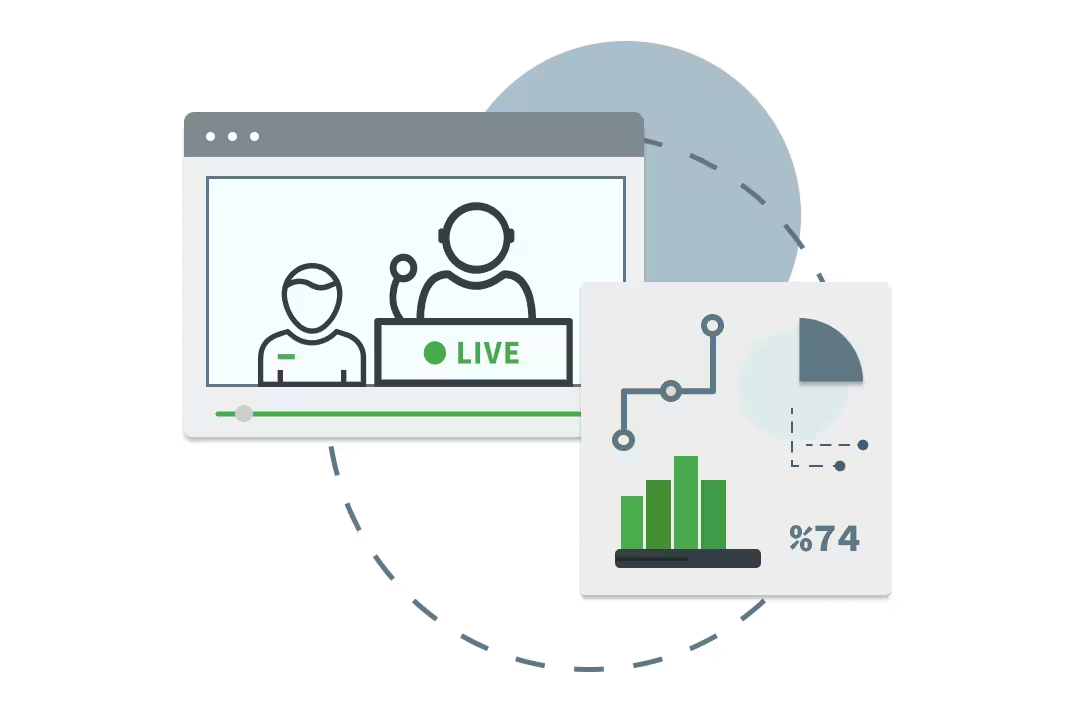
By 2026, counting views and likes will no longer be enough. Thanks to artificial intelligence, communications teams will finally understand why content resonates — or doesn’t.
AI goes beyond metrics to detect patterns and sentiment: How do employees respond to certain messages? Which topics drive engagement or hesitation? Which video moments spark interaction — or are skipped?
This creates a deep understanding of tone, emotion, and response. AI helps refine messages, make empathy measurable, and sharpen content for greater impact.
For corporate communications, this means measurement gains depth. Communication is no longer just broadcast — it becomes a living dialogue between company and employees.
Trend 7: AI co-pilots for crisis communication
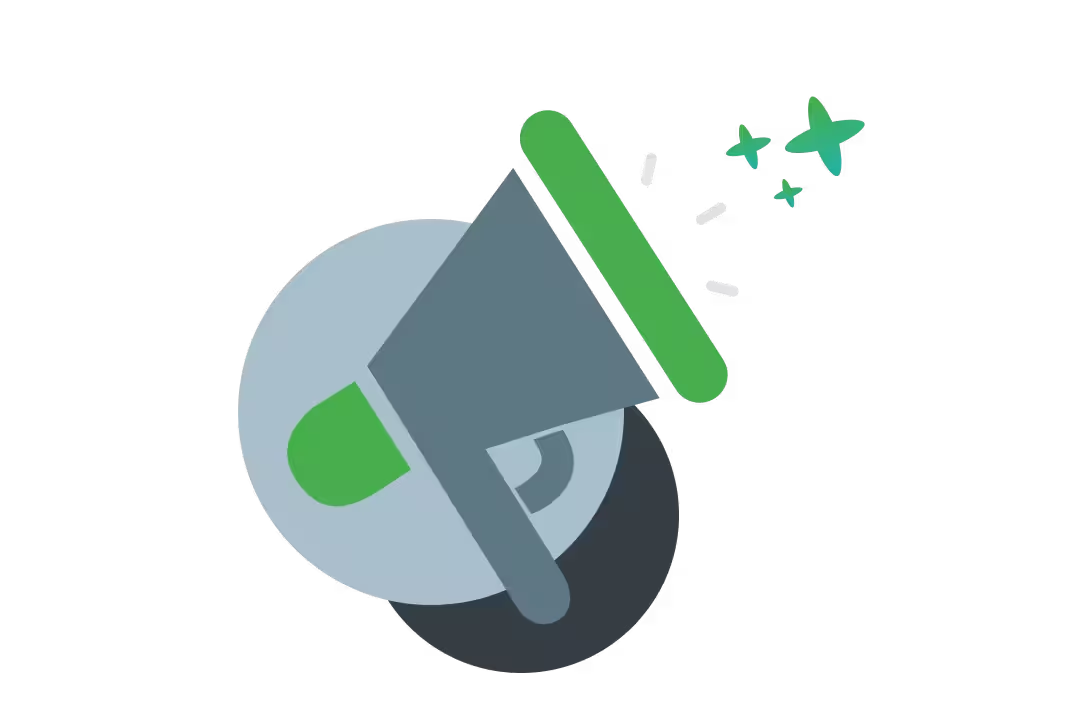
When speed matters, every word counts — and every second. In times of sensitive issues or unexpected crises, AI co-pilots help communications teams stay clear, empathetic, and consistent.
They analyze ongoing developments, suggest phrasing, and help adapt messages for different audiences — from internal statements to leadership video updates. Even when executives can’t be in front of the camera, AI can create authentic video messages based on approved content and tone.
The result: fast, coordinated communication that remains human under pressure. AI becomes a trusted sparring partner in challenging moments — helping organizations preserve trust when it matters most.
Trend 8: Interactive and conversational videos

By 2026, one-way communication will be a thing of the past. Artificial intelligence transforms videos into truly conversational experiences — interactive, adaptive, and always connected with the audience.
Employees can ask questions while watching, receive instant answers, or jump directly to relevant internal resources. Embedded AI assistants translate content in real time, add context, or suggest further information. The result is a new communication format: the conversation within the video.
For corporate comms, this means video becomes a genuine medium for dialogue. Messages no longer flow just top-down but move in both directions. Employees become active participants in corporate communication — fostering understanding, trust, and engagement.
Conclusion: AI is no longer a tool — it’s part of the team
Corporate communications in 2026 will be faster, smarter, and more human at the same time. Artificial intelligence doesn’t take control — it creates space: for strategic thinking, creative excellence, and genuine dialogue.
The companies that understand AI today and use it responsibly will shape tomorrow’s communication — connecting people in ways that are authentic, inclusive, and emotionally engaging.
Or, in the words of Zêljka Ihm:
"AI isn’t the end of human creativity. It’s the beginning of a new era — one where technology helps us move closer to people, not further away.”
Our Speakers
2026: When communication starts to think
2026 will be the year when communication switches to autopilot — not to give up control, but to gain it.
Artificial intelligence has moved from the lab into the meeting room. What was experimental yesterday is strategy today. What once took weeks now happens in hours: automatic, adaptive, and authentic.
"We’re witnessing corporate communications reinvent itself. AI is no longer an add-on; it’s the new foundation. The most exciting question isn’t whether we use AI, but how creatively we use it."
Zêljka Ihm, Head of Product & Marketing
Whether it’s personalized leadership updates, interactive employee dialogues, or real-time translations — the future is here. And it speaks every language.
Trend 1: Adaptive AI agents for smarter communication

The next generation of artificial intelligence is no longer reactive — it’s capable of action. It learns, thinks, and acts on its own.
Adaptive AI systems understand your company’s language, tone, and audiences, continuously optimizing what, how, and when you communicate.
Imagine an AI that builds on past campaigns: suggesting topics, writing scripts, generating branded assets, and automatically distributing them across channels. It measures impact in real time and learns from every click.
For corporate comms, this means strategy gains a neural ally. AI becomes the co-pilot that thinks — and grows — alongside you.
The result? Communication that improves itself. Not in quarters, but in seconds.
Trend 2: Automated personalization at scale

By 2026, one-size-fits-all messages will be history. Artificial intelligence enables content to be tailored within seconds — to audiences, languages, and contexts — without losing authenticity.
Whether it’s a leadership update, onboarding video, or internal policy announcement, AI analyzes who your employees are, where they work, and how they prefer to receive information. It automatically creates adapted versions of the same message — in the right tone, with relevant examples, and visuals that resonate.
A CEO message can now exist in ten languages and styles within hours — and still sound personal.
For corporate communications, this means personalization without the extra effort.
Everyone feels directly addressed, understood, and included — and that’s what builds trust and impact.
Trend 3: Real-time translation and voice cloning

In 2026, global communication knows no limits. AI translates videos in real time while preserving each speaker’s unique voice and tone. The result: an authentic, natural-sounding experience that creates closeness — regardless of language or location.
Whether it’s international employee updates, training sessions, or change communications, voice cloning ensures leaders “keep their own voice” in every market. The message stays the same — only the language changes.
For global organizations, this means linguistic barriers are removed. Communication becomes more inclusive, immediate, and human — without the cost or complexity of separate productions.
Trend 4: Smart accessibility as the new standard

By 2026, accessibility is no longer an add-on — it’s built into video communication by default. Artificial intelligence automatically ensures that every video is accessible, through precise captions, sign-language avatars, adaptive playback options, and AI-generated summaries of longer content.
This means employees can consume video content in whatever way works best for them — reading, listening, or interacting — regardless of ability, device, or attention span.
For companies, this marks a shift: accessibility for all is no longer a task but a feature. AI turns inclusion from a “should” into an “is,” making video communication not only compliant but also human, modern, and measurable.
Trend 5: Generative AI as a creative accelerator

By 2026, generative AI is far more than a time-saver — it has become a true creative partner. These systems understand corporate language, brand identity, and tone, combining text, visuals, and sound within a single workflow to produce fully branded videos in record time.
From the first idea to the final cut, the entire process can be automated — yet remain individual. Leadership messages, product updates, or event teasers no longer take weeks to create but only hours, all while maintaining brand consistency and style.
For communications teams, this means creativity becomes scalable. Teams can focus on message, tone, and impact, while AI handles the routine work — quickly, consistently, and with room for the next big idea.
Trend 6: AI-powered engagement intelligence

By 2026, counting views and likes will no longer be enough. Thanks to artificial intelligence, communications teams will finally understand why content resonates — or doesn’t.
AI goes beyond metrics to detect patterns and sentiment: How do employees respond to certain messages? Which topics drive engagement or hesitation? Which video moments spark interaction — or are skipped?
This creates a deep understanding of tone, emotion, and response. AI helps refine messages, make empathy measurable, and sharpen content for greater impact.
For corporate communications, this means measurement gains depth. Communication is no longer just broadcast — it becomes a living dialogue between company and employees.
Trend 7: AI co-pilots for crisis communication

When speed matters, every word counts — and every second. In times of sensitive issues or unexpected crises, AI co-pilots help communications teams stay clear, empathetic, and consistent.
They analyze ongoing developments, suggest phrasing, and help adapt messages for different audiences — from internal statements to leadership video updates. Even when executives can’t be in front of the camera, AI can create authentic video messages based on approved content and tone.
The result: fast, coordinated communication that remains human under pressure. AI becomes a trusted sparring partner in challenging moments — helping organizations preserve trust when it matters most.
Trend 8: Interactive and conversational videos

By 2026, one-way communication will be a thing of the past. Artificial intelligence transforms videos into truly conversational experiences — interactive, adaptive, and always connected with the audience.
Employees can ask questions while watching, receive instant answers, or jump directly to relevant internal resources. Embedded AI assistants translate content in real time, add context, or suggest further information. The result is a new communication format: the conversation within the video.
For corporate comms, this means video becomes a genuine medium for dialogue. Messages no longer flow just top-down but move in both directions. Employees become active participants in corporate communication — fostering understanding, trust, and engagement.
Conclusion: AI is no longer a tool — it’s part of the team
Corporate communications in 2026 will be faster, smarter, and more human at the same time. Artificial intelligence doesn’t take control — it creates space: for strategic thinking, creative excellence, and genuine dialogue.
The companies that understand AI today and use it responsibly will shape tomorrow’s communication — connecting people in ways that are authentic, inclusive, and emotionally engaging.
Or, in the words of Zêljka Ihm:
"AI isn’t the end of human creativity. It’s the beginning of a new era — one where technology helps us move closer to people, not further away.”



.avif)


.avif)






.avif)

